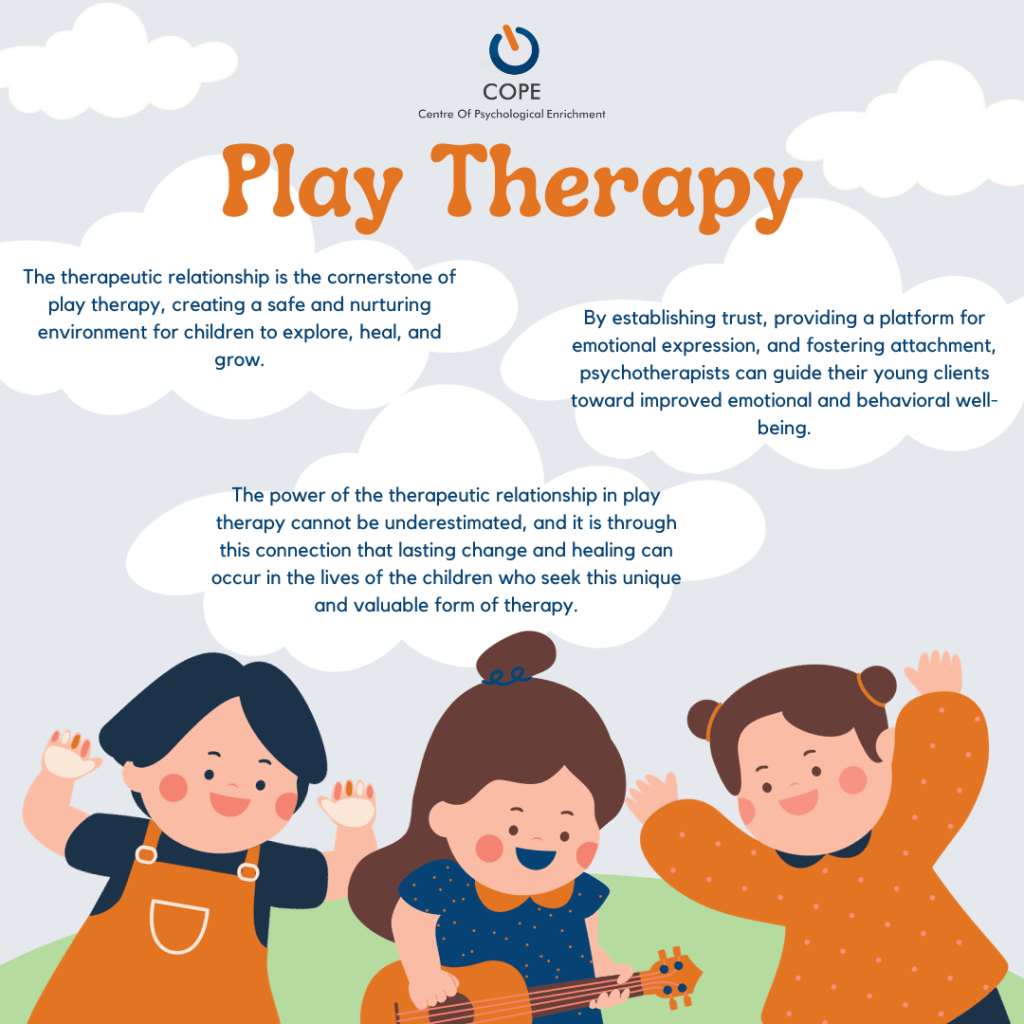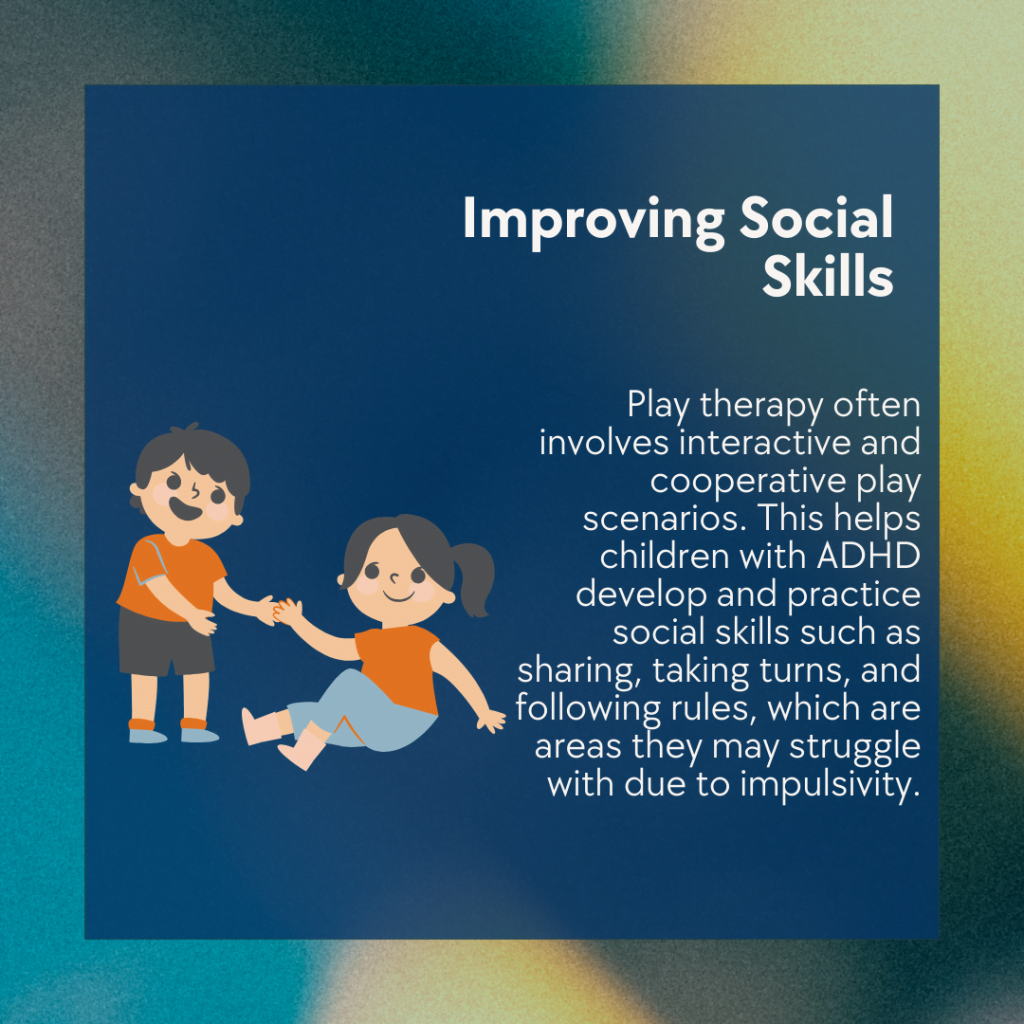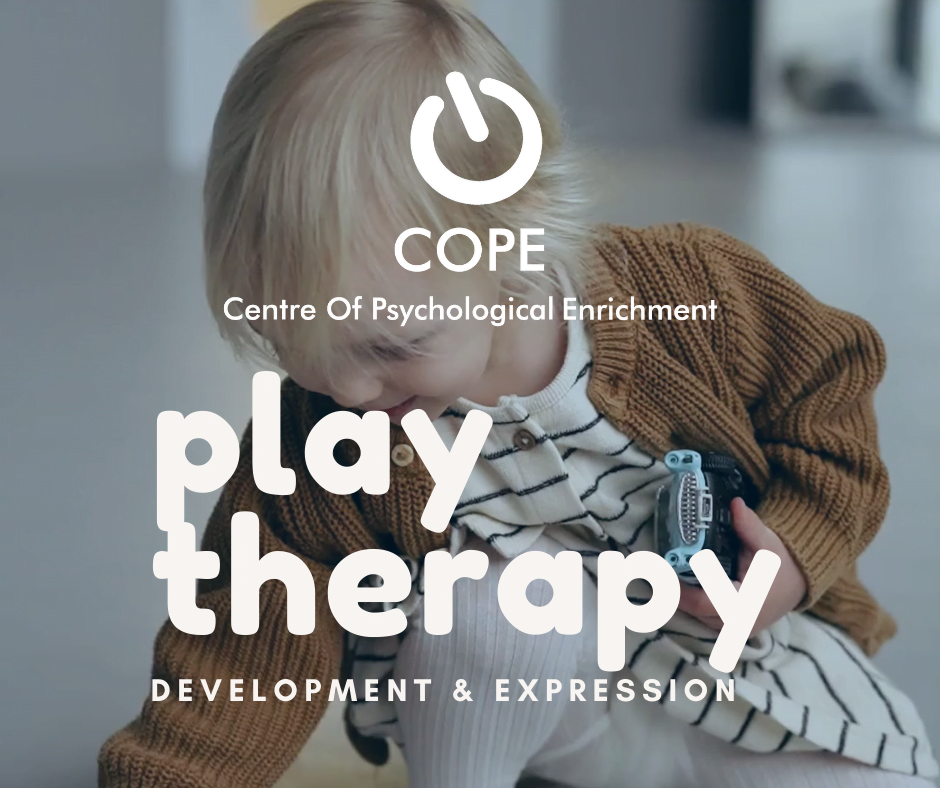Understanding Typical Play Development in Children Ages 0-10
Play is not just a pastime for children; it is a crucial aspect of their overall development. From the early days of infancy to the pre-adolescent years, play serves as a gateway to learning, creativity, and social interaction. In this blog, we will explore the typical play development stages in children aged 0-10 years, shedding light on the significance of play in shaping their physical, cognitive, and social-emotional well-being.
Infancy (0-2 years):
The journey of play begins in the arms of caregivers. In the first few months, infants engage in what is known as “sensorimotor play.” This involves exploring their world through their senses and developing basic motor skills. Simple actions like grasping objects, mouthing toys, and observing their surroundings lay the foundation for future play.
As they progress into the second year, toddlers start to exhibit more purposeful play. This includes activities like stacking blocks, pushing/pulling toys, and imitating actions observed in their environment. Parallel play, where children play independently but alongside others, becomes more prominent, marking the initial steps towards social interaction.


Early Childhood (2-5 years):
This stage is characterized by the emergence of imaginative and pretend play. Children engage in activities such as playing house, dressing up, and creating imaginary scenarios. Symbolic play, where objects represent something else (e.g., a block becoming a phone), showcases cognitive development and creativity.
Fine and gross motor skills continue to refine during early childhood. Drawing, painting, and using simple tools aid in the development of hand-eye coordination. At the same time, more complex physical activities like running, jumping, and climbing contribute to the enhancement of gross motor skills.
Socially, children begin to engage in cooperative play, where they interact and collaborate with peers. They learn to take turns, share, and navigate social dynamics within their playgroups. This period is vital for laying the groundwork for future social relationships and communication skills.
Middle Childhood (6-8 years):
As children enter the school-age years, their play becomes more structured and rule-based. Games with clear guidelines, such as board games and sports, become popular. This type of play fosters the development of strategic thinking, teamwork, and the ability to follow rules.
Imaginative play evolves into more complex scenarios, often involving storytelling and role-playing. This type of play allows children to explore different perspectives, enhancing their cognitive and emotional development. Additionally, hobbies and interests may begin to influence their play choices, shaping their unique preferences and identities.
In terms of physical development, fine motor skills continue to advance, enabling children to engage in activities like building intricate structures with small building blocks or crafting detailed artwork. Gross motor skills also progress, allowing for more coordinated and purposeful movements in sports and recreational activities.
Socially, friendships become more significant during middle childhood. Children form close bonds with peers, and group play becomes a common occurrence. Conflict resolution skills develop as children navigate the complexities of group dynamics, further contributing to their social competence.


Late Childhood (9-10 years):
As children approach the pre-adolescent years, play takes on a more sophisticated and goal-oriented nature. Activities become increasingly rule-based and may involve strategy, competition, and problem-solving. Board games, sports, and organized group activities become popular choices, fostering cognitive skills and social cooperation.
At this stage, creative play may manifest in more complex forms, such as building intricate models, experimenting with technology, or engaging in structured artistic pursuits. Hobbies and interests play a significant role in shaping the type of play that children enjoy, allowing them to express their individuality and cultivate skills in specific areas.
Physical development continues with increased proficiency in both fine and gross motor skills. Activities that require precision, such as playing musical instruments or participating in organized sports, become more appealing. This period sets the stage for the physical demands of adolescence.
Socially, friendships become more nuanced, and children start to form closer, more stable relationships. Peer influence is strong, and group play becomes an essential avenue for social interaction. As children navigate more complex social situations, they refine their communication and conflict-resolution skills, preparing them for the challenges of adolescence.


Understanding the typical play development stages in children aged 0-10 years is crucial for parents, caregivers, and educators. Play is not merely a recreational activity but a powerful tool for fostering holistic development. From the sensorimotor exploration of infancy to the strategic games of late childhood, each stage builds upon the previous, contributing to a child’s physical, cognitive, and social-emotional well-being.
By recognizing and supporting these stages, adults can create an environment that encourages and enhances a child’s natural inclination to play. Whether it’s providing age-appropriate toys, engaging in imaginative play, or facilitating organized activities, the adults in a child’s life play a vital role in nurturing their growth through play. Ultimately, a well-rounded and enriching play experience sets the foundation for a child’s lifelong journey of learning, exploration, and self-discovery.
